Car Companies Can Now Put A Horse In Their EVs
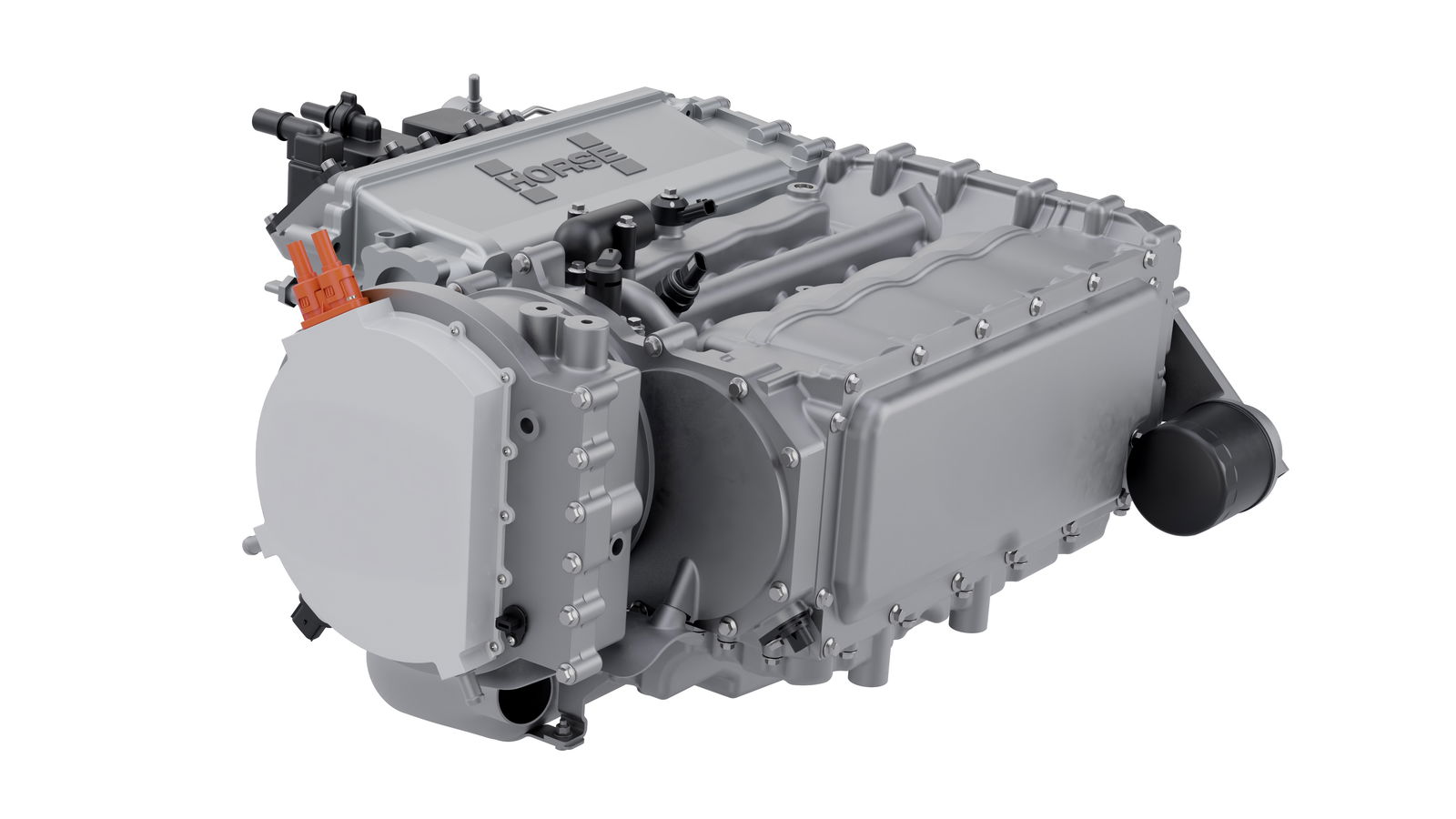
The issue of making up for lower-than-expected EV demand is one plenty of car manufacturers are grappling with now, but it’s something that Renault-Geely powertrain tie-up Horse reckons it has a solution for.
Following its announcement earlier this year, it’s now fully unveiled its C15 powertrain, a range-extender powertrain designed to drop into existing electric cars with minimal modification. It smushes a 1.5-litre four-cylinder engine, a generator and a power inverter into a single unit, roughly the size and shape of a typical Pulp Fiction-spec briefcase.
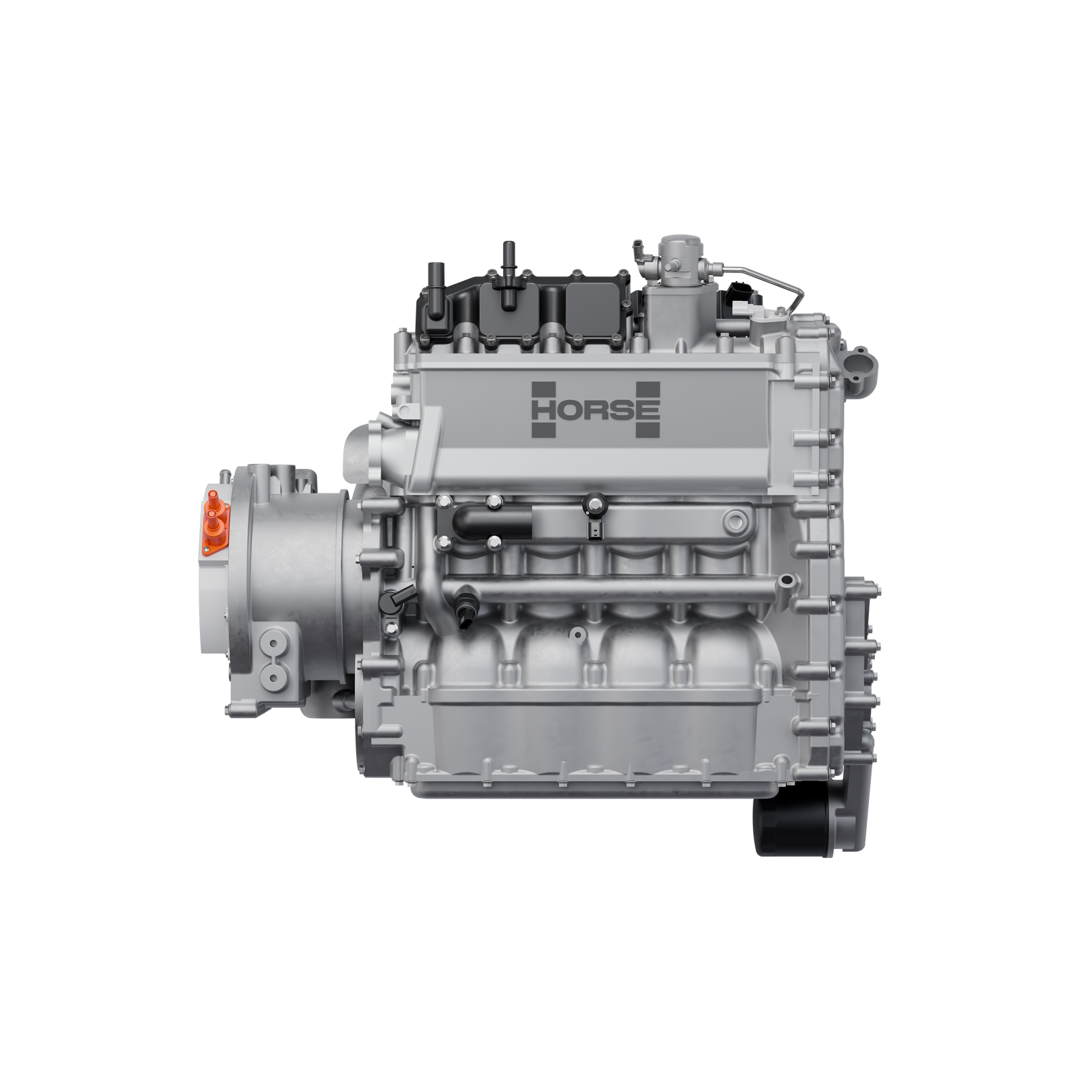
It’s been packaged this way to be as flexible as possible. Because it’ll only be used to charge up a car’s batteries rather than ever power the wheels, it can be installed lengthways or widthways, and in the front or rear of a car. It can also run on trad petrol as well as ethanol and methanol fuels popular in various global markets, and synthetic fuels.
Designed to be compliant with the next generation of global emissions standards, the basic version, designed for smaller vehicles, is naturally aspirated and makes up to 94bhp. For bigger cars and vans, meanwhile, there’s also a turbocharged version making up to 161bhp.
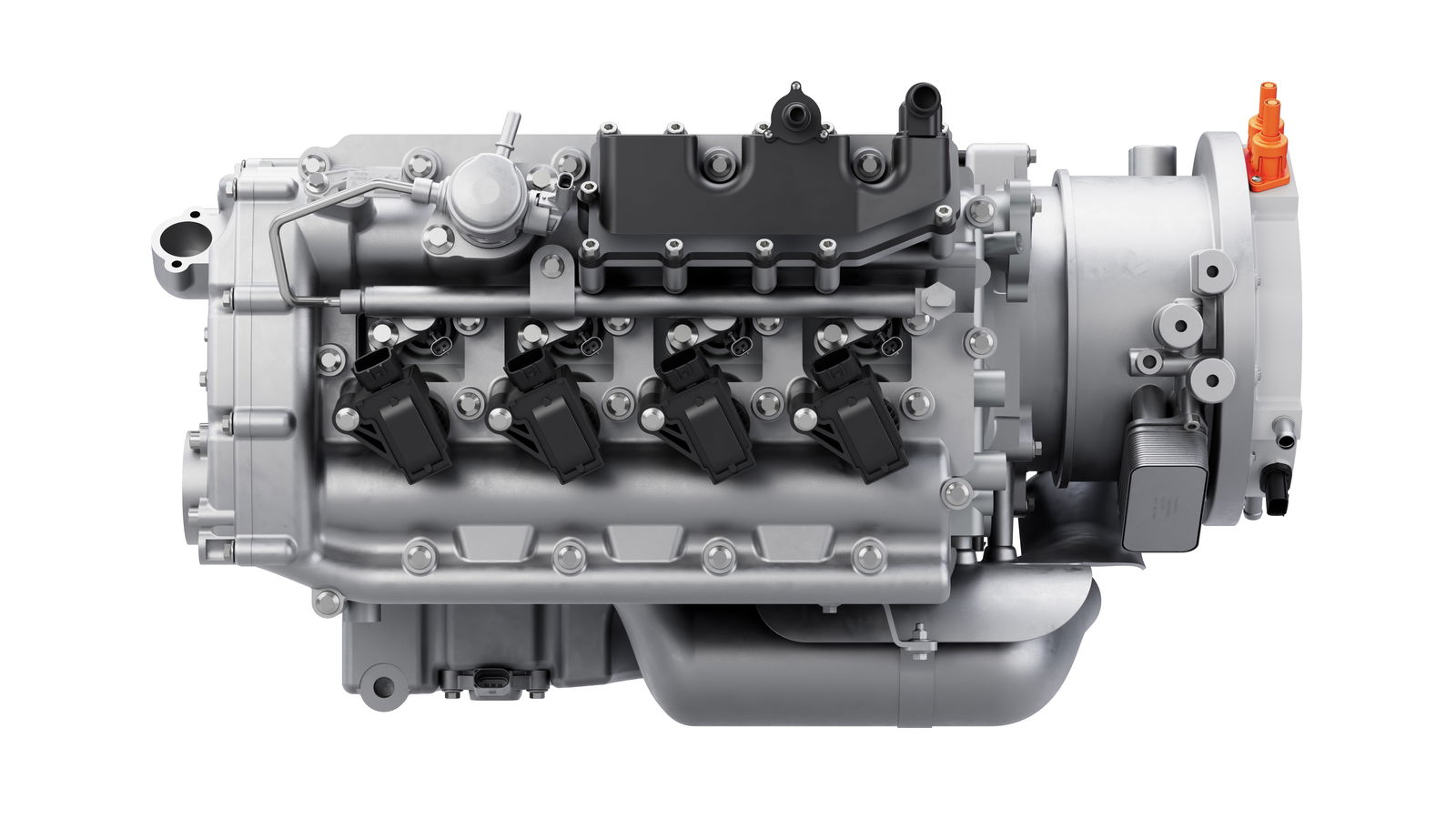
Horse CEO Matias Giannini said: “Range extended EVs are the fastest-growing powertrain category in many global markets. The Horse C15 range extender solution offers OEMs a straightforward and cost-effective way to tap into this opportunity and adapt their native BEV platforms into REEVs. We believe demand for REEVs will continue to grow.”
There’s no word yet on whether any manufacturers are planning on giving their cars some extra Horse power, but it’s far from the only project it’s involved in. As well as its powertrains starting to unsurprisingly make their way into plenty of Renault and Dacia models globally, a turbocharged Horse engine will also power the Caterham Academy race car from 2026.
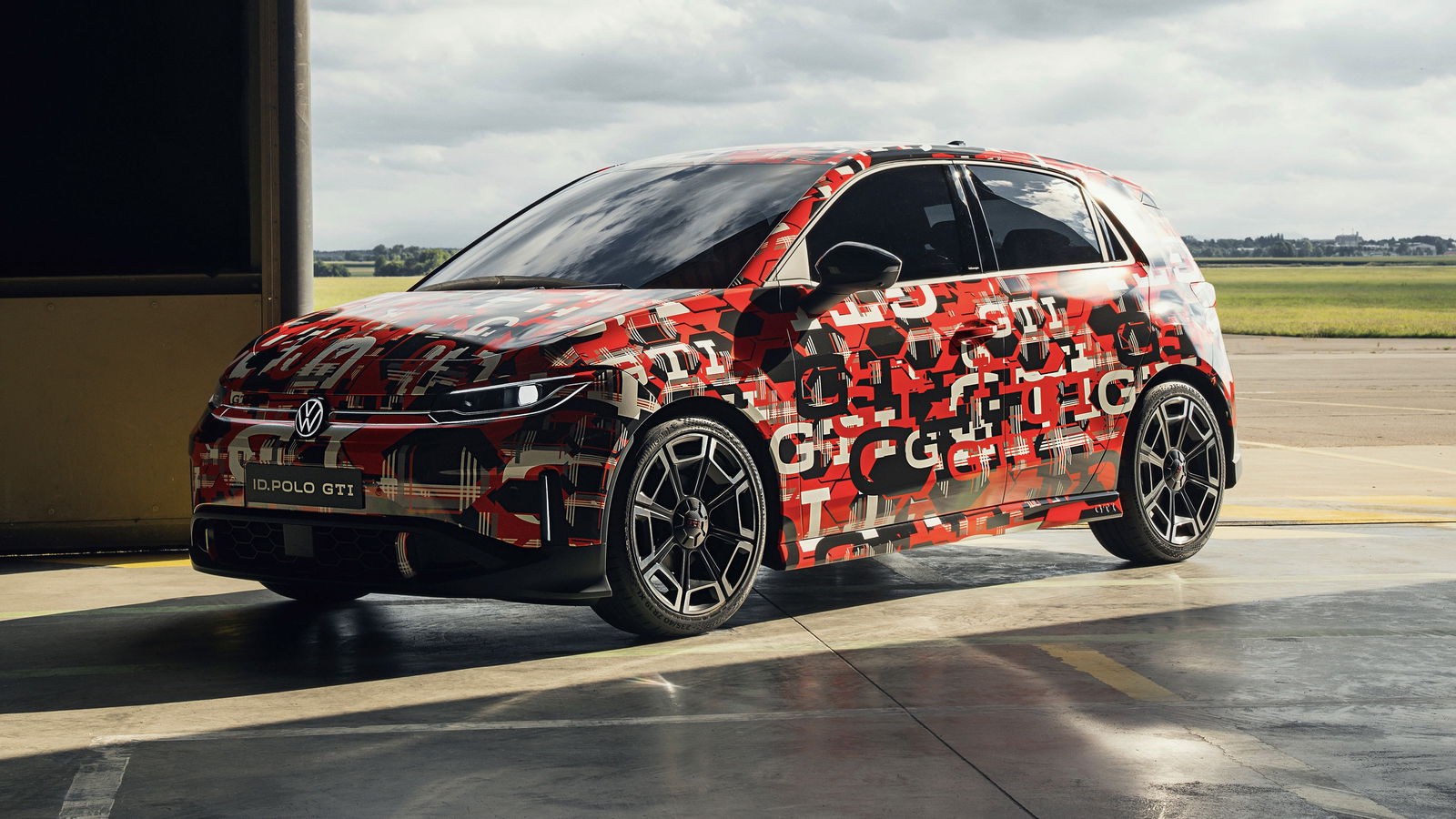




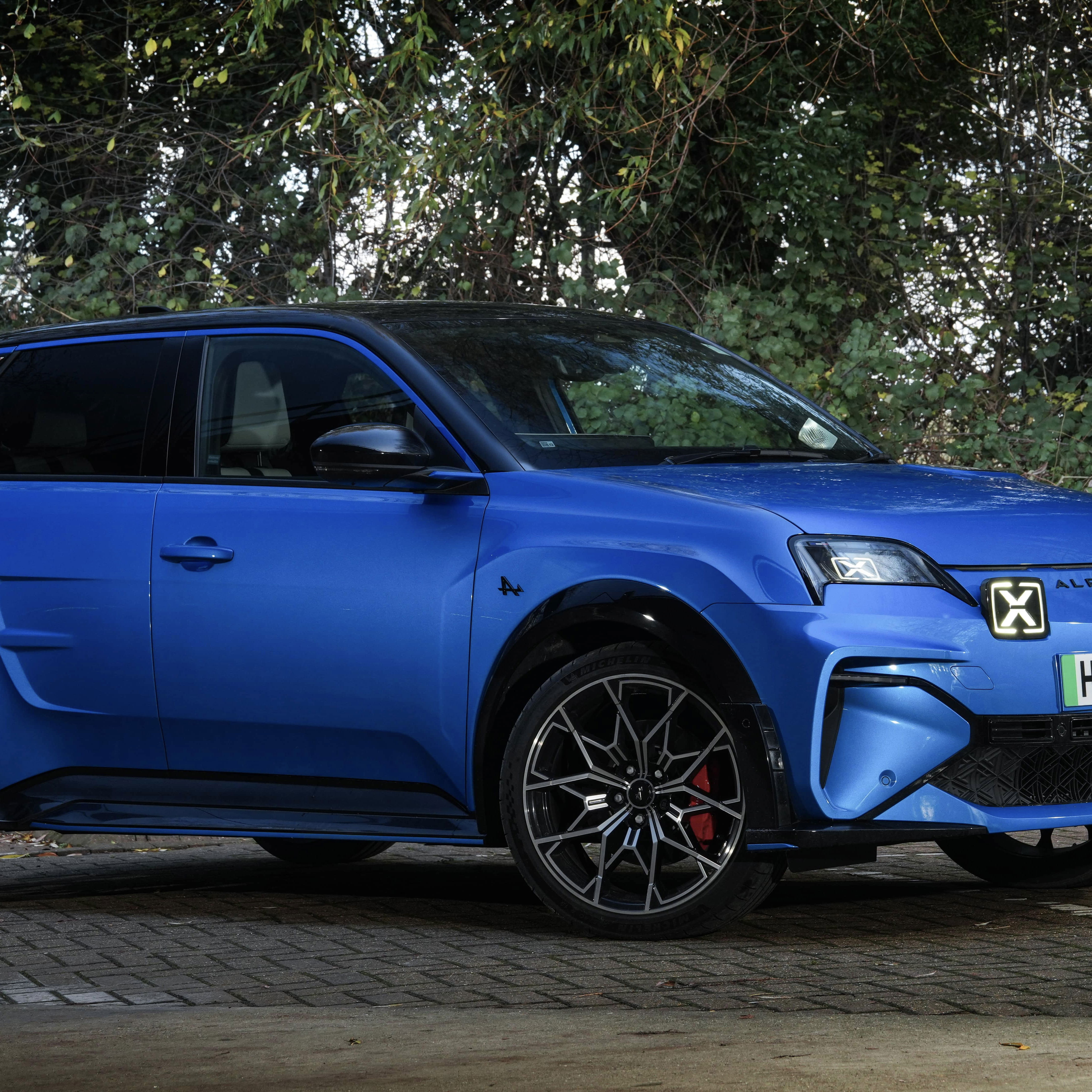







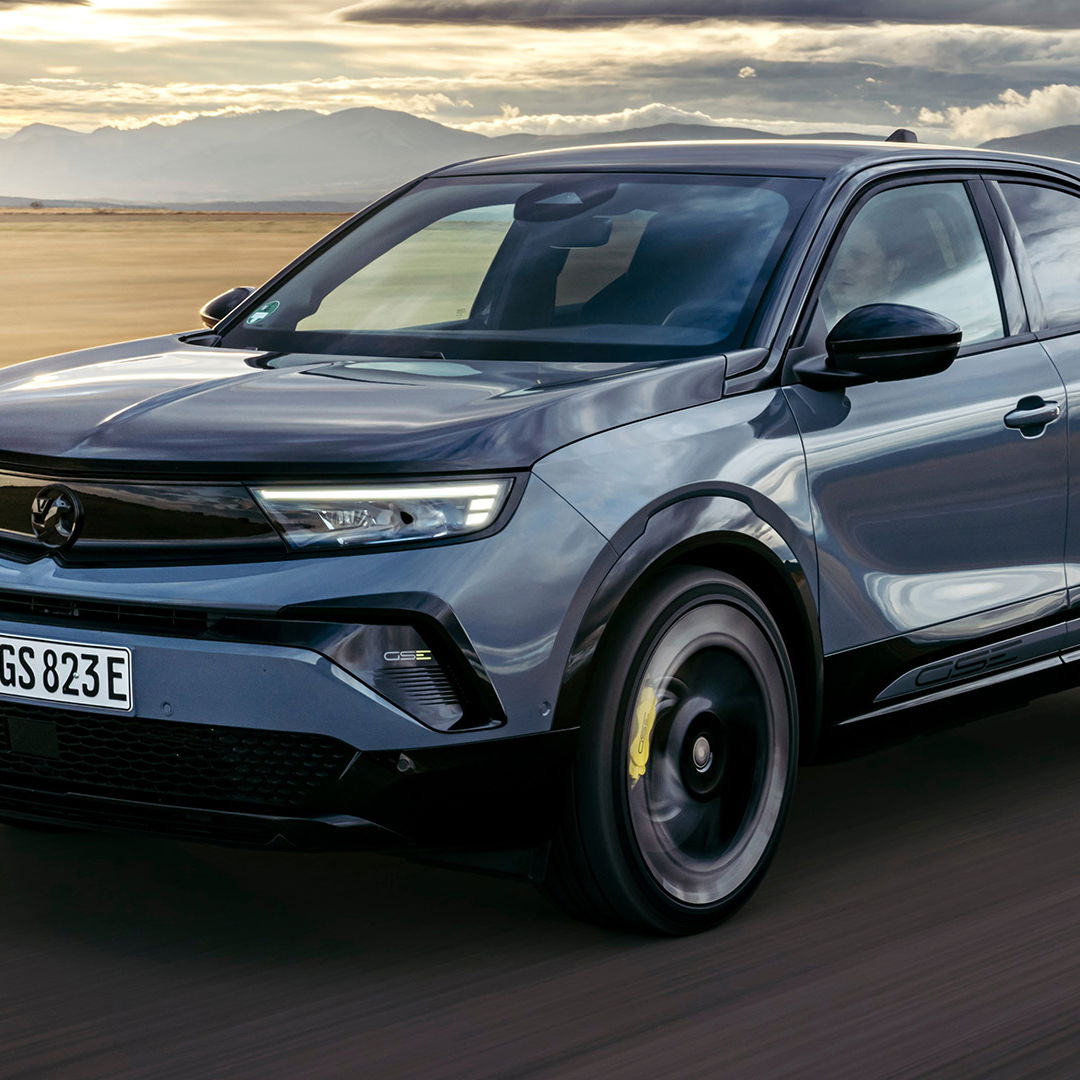
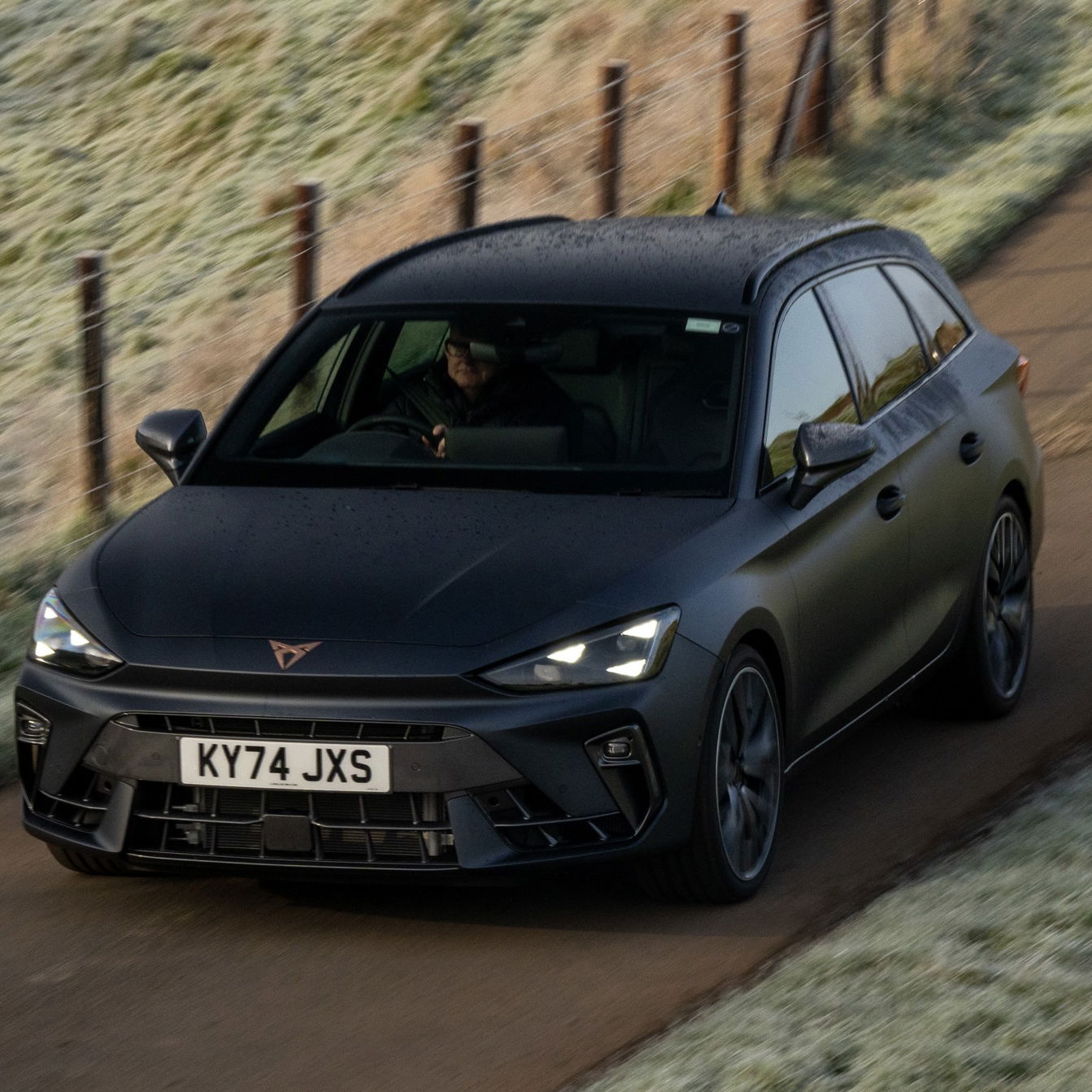
Comments